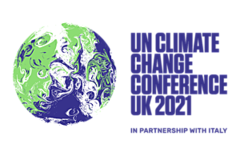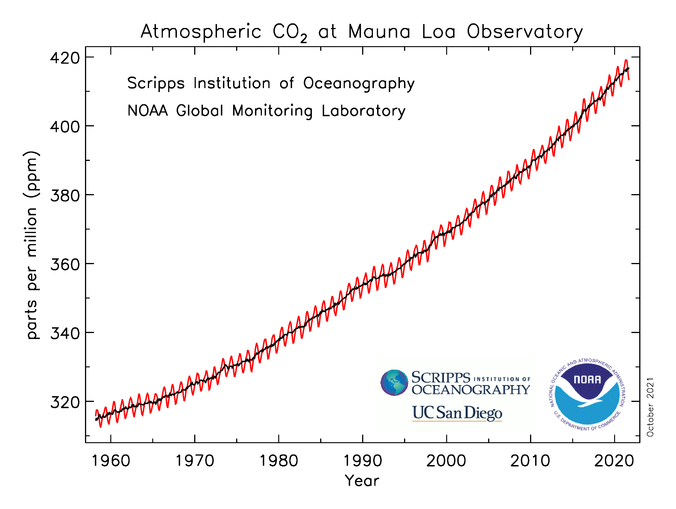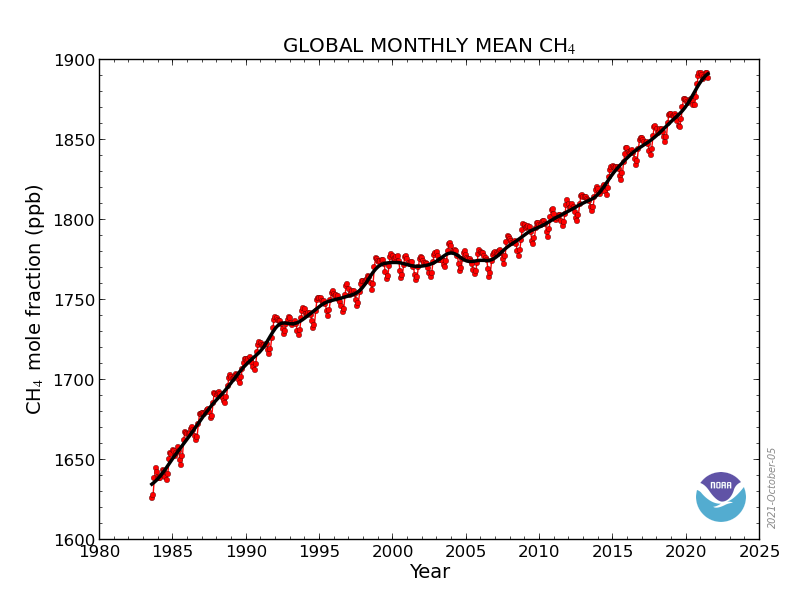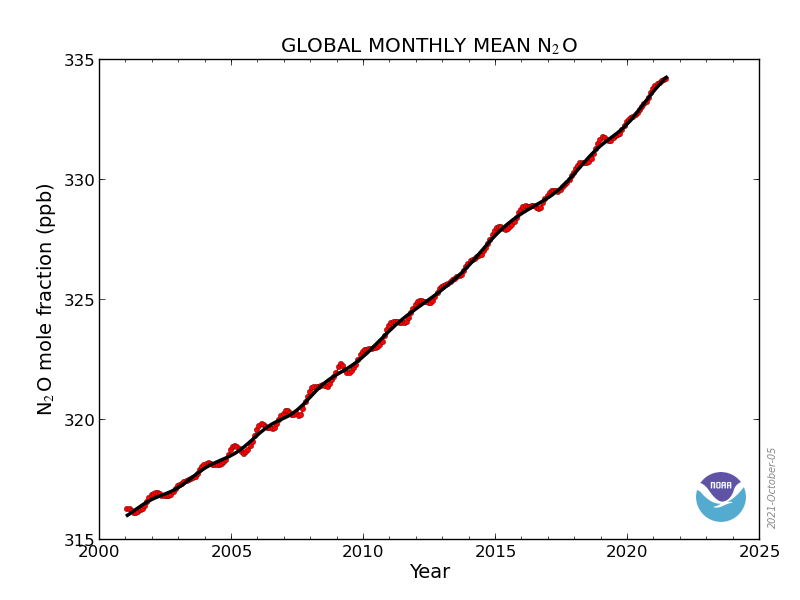
What is the COP?
It’s the United Nations Framework Convention On Climate Change.
The COP is the supreme decision-making body of the Convention. All States ( countries) that are Parties to the Convention are represented at the COP, at which they review the implementation of the Convention and any other legal instruments that the COP adopts and take decisions necessary to promote the effective implementation of the Convention, including institutional and administrative arrangements.
United Nation’s seems to like big titles which to the ordinary men and women in the street are pretty meaningless. They love the use of acronym’s the more the merrier. The problem is Joe public are completely lost with them all!
How did this all start in the first place and why?
It actually started in Montreal with the 1987 Montreal Protocol. This was concerning ozone depletion over Antarctica or as it was euphemistically called the ozone hole.
What is Ozone or the Ozone layer?
How was the ozone hole identified in the first place? A young scientist named Jonathan Shanklin at the British Antarctic Survey was checking data on UV of Ultra Violet light reaching earth over Antarctica.
About this time, BAS was planning to have an open day at their Cambridge headquarters to show the latest Antarctic science to eminent scientists, politicians and the public.
Jonathan Shanklin recalls:
There had been concern at the time that exhaust gases from Concorde (the supersonic passenger aircraft), or chlorofluorocarbons (CFCs) from spray cans, might damage the ozone layer.
Being an ignorant physicist, I thought this unlikely, so decided to present that year’s data and compare it with values my boss had computed from a decade earlier. I expected them to be the same, so Concorde would be able to keep flying and the public could keep using their spray cans.
The only problem was, they weren’t the same.
A decline in spring ozone
Surprised and slightly alarmed, Shanklin continued to work through the backlog to try and see if that year was just a one-off.
It wasn’t. The results were clear: since the late 1970s there had been a systematic decline in the amount of spring ozone.
By 1984, the ozone layer over Halley Research Station in Antarctica was only about two-thirds as thick as it had been in earlier decades.
At first Shanklin didn’t realise the enormous implications of the finding.
I thought it was something that was perhaps peculiar to Nevertheless, Shanklin began preparing a paper for the science journal Nature, including a possible chemical mechanism to explain the observations. Shanklin’s departmental boss, eminent physicist, Joe Farman, thought it was essential for such a significant finding to be published in the journal.
It was released in May 1985 and provided a considerable shock to the world.
Antarctica, and only of scientific interest.
Confirming the findings
An independent team of scientists quickly confirmed the findings. Satellites showed that the ozone hole extended over a vast region of 20 million square kilometres.
Researchers quickly agreed that compounds called CFCs, often used in aerosol cans and cooling devices such as fridges, must be responsible.
The ozone layer above the Antarctic is especially sensitive to CFCs because of its unique geography. Antarctica is a mountainous continent surrounded by vast open ocean.
These two factors combined cause temperatures in the ozone layer to plummet below -78°C during the Antarctic polar winter.
Clouds form, and on the surface of those clouds chemical reactions take place converting chlorine from the CFCs into an active form. This active chlorine breaks down ozone when the sun returns in the spring.
Why is ground level ozone harmful?
Ozone (O3) is a gas molecule composed of three oxygen atoms. Often called “smog,” ozone is harmful to breathe. Ozone aggressively attacks lung tissue by reacting chemically with it. When ozone is present, there are other harmful pollutants created by the same processes that make ozone.
Political action
The research led directly to the 1987 Montreal protocol. This was an agreement to freeze production and consumption of ozone-depleting substances at then current rates.
Later amendments tightened these restrictions, with global CFC production and consumption phased out by 2010.
The 1992 Earth Rio Summit
1992, the United Nations organized a conference on environment and development in Rio de Janeiro, called the Earth Summit. The purpose of the conference was to rethink economic growth, advance social equity and ensure environmental protection.
President George H.W. Bush joined more than other worlds leaders to adopt a series of international environmental agreements, including the United Nations Framework Convention On Climate Change (UNFCCC). The president later ratified the UNFCCC with the advice and consent of the U.S. Senate, and the agreement has since been embraced by virtually every nation on earth.
The UNFCCC sets a long-term objective of avoiding dangerous human interference with the climate system. Toward that end, the agreement:
- commits all nations to take steps to mitigate greenhouse gas emissions;
- establishes the principle of “common but differentiated responsibilities and respective capabilities” (CBDRRC), recognizing that countries vary in their contributions to climate change and capacities to address it, so their obligations will likewise vary; and
- commits developed countries to assist developing countries in reducing emissions and coping with climate impacts.
Governed by the Conference of Parties (COP), which meets annually, the UNFCCC serves as the foundation of an evolving global climate effort.
Kyoto Protocol
At COP 1 in 1995, UNFCCC parties decided to accelerate climate efforts by launching negotiations toward a first sub-agreement. They agreed that, consistent with the new agreement would establish binding targets and timetables for reduce developed country emissions, but no new commitments for developing countries. (In the nonbinding Byrd-Hagel resolution, the U.S. Senate rejected this premise, saying the agreement should also include new greenhouse gas limits for developing countries.)
You can see how international agreements drift off their original targets with more sun clauses side clauses and before long the agreements have got so complicated they lose track of their original intention?
See how the United States started to corrupt the original intention of the climate agreements with; The resulting Kyoto Protocol was adopted at COP 3 in 1997. Largely at the insistence of the United States, the agreement incorporated a series of “flexible,” or market-based, mechanisms enabling developed countries to use different forms of emissions trading to achieve their targets more cost-effectively.
President Clinton, however, never submitted the protocol to the Senate, and shortly after his election, President George W. Bush announced that the U.S. would not ratify it. Do you see how quickly National agreements drift off course completely!
I won’t Labour this point anymore but we’ve had umpteen further agreements Copenhagen and Cancun Agreements and so called success of the Paris Agreement and now UK’s own COP26 talks under way in Glasgow this week.
What struck me many of the COP 26 delegates couldn’t get to Scotland from London due to extreme flooding and high winds last Sunday caused by massive train disruption due to damaged power lines. I vouch for that as came back from North Wales via Crewe with the constant announcements of train cancellation due to bad weather. Quite Ironic!
Let’s look at why things are failing in these UN COP talks? It’s the rich industrialised countries who have caused the problem with our insatiable use of fossil fuels for energy. Coal, Natural Gas, transportation using petrol and diesel. aircraft, shipping, cement, steel, aluminium and on and on. Fossilised fuels underpins modern high energy consumption civilisation.
Carbon and other greenhouse gases keeping rising into the atmosphere each month of the year and into the oceans.
Main greenhouse gases are carbon dioxide, methane, nitric oxide, Sulfur Hexafluoride and water vapour. All these gases trap infrared radiation. It’s the way these gases are bonded which traps infrared radiation.




We have very serious problem with pumping giga tonnes of greenhouse gases year on year into the biosphere. We are not getting to grips with it at all? As the young Greta Thunberg states all these COP meeting are blah, blah and more blah!
Interesting discussion with Professor William Rees. The Dangerous Disconnect Between Ecology and the economy.
This so call 1.5 degrees warming target is “pie in the sky” we’re on trajectory to be way above that? As Prince Charles stated the other day we should be approaching this as we did in the Second World War with all the world resources brought to bear in sorting this out. But we have capitalist economic system that’s doing all it can not to change the status Quo!